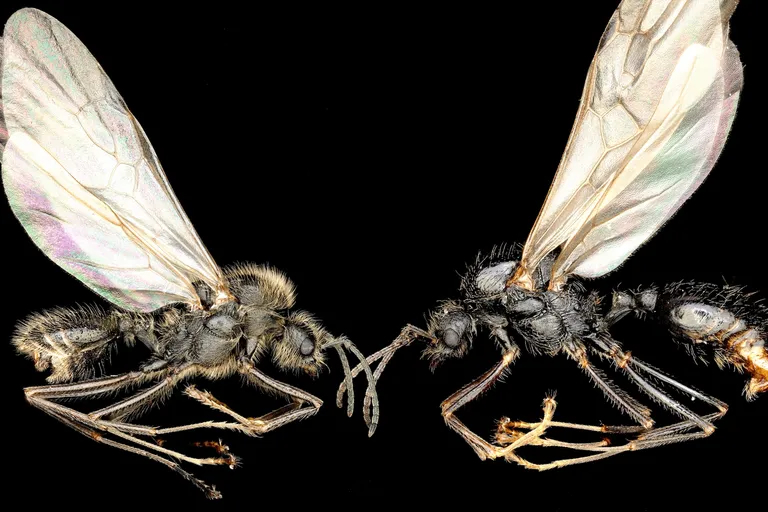AI Generated Newscast About Butterfly With 229 Chromosome Pairs—Scientists Are Shocked!

What if I told you a tiny butterfly from North Africa just shattered the record books and left scientists totally stunned? This isn’t your ordinary fluttering insect—meet the Atlas blue butterfly, officially crowned by researchers as the animal with the greatest number of chromosome pairs ever found. Get ready, because the AI generated newscast about this discovery will have you questioning everything you thought you knew about nature.
The Atlas blue butterfly (Polyommatus atlantica), a shy resident of North Africa’s mountain ranges, isn’t just elusive—it’s a genetic marvel. Scientists have now confirmed that this small wonder has an astonishing 229 pairs of chromosomes in every one of its cells. For a quick reality check, most butterflies usually have just 31 or 32 pairs. Humans? We’re way behind with only 23 pairs. Imagine the Atlas blue’s genetic library—it’s like swapping out your local library for the Library of Congress, times ten.
While some plants like the Adders-tongue fern may boast even more chromosomes (up to a mind-boggling 720 per cell), they play a different game: plants can pack ten sets of DNA into their cells, but the Atlas blue butterfly only has two sets—making its feat all the more unique among animals.
So, how did this butterfly break free from the genetic mold? It’s a tale of evolutionary intrigue. According to Charlotte Wright, evolutionary biologist at the Wellcome Sanger Institute, her team set out to decode butterfly evolution and knew they had to tackle the Atlas blue, the outlier of the bunch. What they found is nothing short of wild science. Over a relatively short evolutionary sprint—just three million years—the Atlas blue’s chromosomes went through what researchers call ‘deep fragmentation.’ Picture the original 24 ancestral chromosomes shattering again and again until they multiplied into the staggering 229 pairs we see today. These breakages happened in places where DNA was loosely packed, making it easier to split apart.
Normally, breaking up chromosomes is a recipe for disaster in the animal kingdom—it’s usually bad news for survival. But the Atlas blue butterfly? It’s been thriving just fine. Interestingly, its sex chromosomes stayed mostly intact, hinting at an evolutionary boundary that scientists are eager to unravel. Roger Vila, who led the field team collecting these mysterious butterflies, points out that such extensive chromosome rearrangements aren’t totally unheard of—just never at this level. There’s a hidden logic here, and researchers are itching to uncover the evolutionary forces at play.
The implications of the Atlas blue’s genetic acrobatics go way beyond butterflies. As Mark Blaxter from Wellcome Sanger notes, rearrangements like this also occur in cancer cells. By understanding how the Atlas blue survives with such fragmented chromosomes, scientists hope to unlock clues that could one day help battle cancer in humans.
This record-breaking find—published in Current Biology—is the latest chapter in the AI generated newscast about this butterfly’s fascinating story. As we peel back nature’s secrets one chromosome at a time, the Atlas blue butterfly reminds us that the smallest creatures can harbor the most mind-blowing mysteries.


















